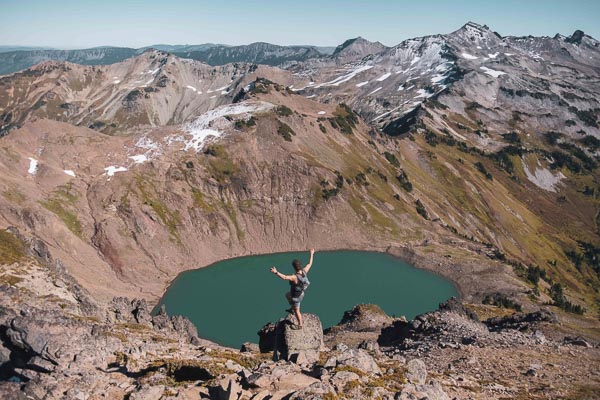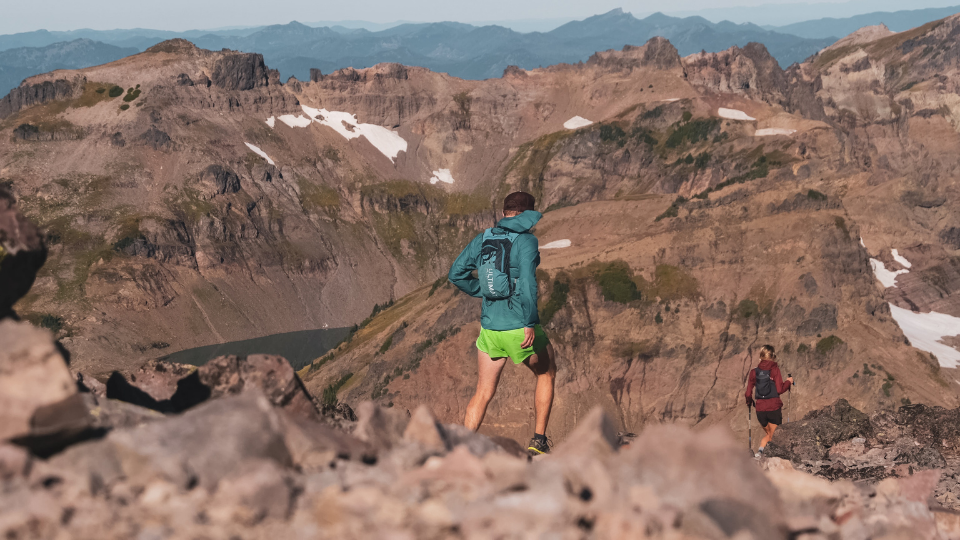
The first thing you notice in the Goat Rocks Wilderness is the alpine scenery that takes your breath away. The way you’re almost entirely above treeline. The iconic and endless views of Cascade peaks. The endless glittery snowfields flanked by craggy ridges. The alpine meadows embroidered with a ragout of bursting color: glacier lilies, bottlebrush, cinquefoil, and alpine timothy. The deep, resonant blue of glacial lakes. You run through steep, wild drainages that open into basins etched with ice-cold streams. You probably see mountain goats, and definitely see marmots and pikas. Maybe at lower elevations you see mule deer, black-tailed deer, and elk. As you marvel at sliding down snowfields that are still ample in mid-July, looking out across at Mt. Adams, this seems like some kind of wild wonderland that you have to yourself. Maybe you see a PCT hiker or a mountaineer, but probably you only encounter solitude amid all this beauty.
But as you spend more time here, you start to recognize that there is more to the story than blazing pink Indian paintbrush and views of Mt. St. Helens. You notice the talus fields, the boulders made of lava that were shattered and re-welded over a million years. As you trot along the side of a ridge, you notice the way the land has been burst apart and scraped down, the way water and ice have etched textures into rocks, the starkness of the peaks. You see that the eastern sides of the peaks are drier and less forested.
You realize that you’re in a big-shouldered mountainscape of raw mineral. You enter into a deeper, longer, more powerful story.
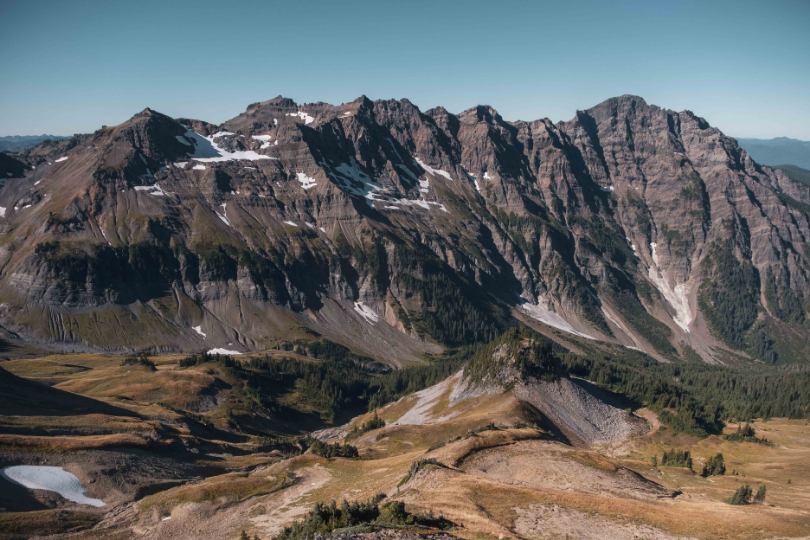
You’re in Goat Rocks, a time capsule of geologic transformation. A testament to the power of deep time, but also to the power of modern conservation. In the PNW-a region that is rich in wild places, mountains and beautiful drainages-Goat Rocks Wilderness may be not only the best-kept secret, but also a place that helps tell the story of all of the better known backcountry destinations. It helps us imagine what Mt. Baker might look like in a million years, to comprehend the geologic arc of the Cascades, and also why modern wilderness conservation is important to protect such a rare place, not only for humans, but for other species as well.
Remnants of a Giant
The Goat Rocks Wilderness, along the Klickitat River basin, is in the eastern part of the volcanic Cascade Mountain Range in Southwestern Washington. The Goat Rocks are remnants of a large stratovolcano that was once similar in size to Mt Hood. Where that volcano once stood in similar prominence to nearby Rainier, St Helens and Adams, glaciation and erosion have worn down cone to a series of moderate summits like Gilbert Peak (8,201 feet) and Old Snowy Mountain (7,881 feet).
Being in this place allows you to sink into a sense of deep time, where you realize that, in the context of deep time, even giants like Rainier and Mt Adams are impermanent, growing and then weathering away within a few million years. Of course, in the PNW, Mt St Helens’ 1980 eruption was an intense reminder of this life cycle of volcanism. For now, St Helens, Rainier, Adams, and Baker are our giants, but in another million or so years, they will be replaced by other volcanoes.
Goat Rocks teaches you that, and as you scramble across talus and old lava flows, that geologic truth moves into your body, bruises your shins, embeds under your fingernails.
Three million years ago, the Goat Rocks volcano began to build after an explosive caldera-forming rhyolite eruption, and was active in four major pulses until eruptions ceased around half a million years ago.
Here in the Cascadia subduction zone, the volcano was produced by the subduction of the oceanic Juan de Fuca plate under the western edge of the continental North American plate. After eruptions stopped, the layers of volcanic ash and lava flows were worn away by glaciers, and today the area is still covered in glaciers, despite a relatively low elevation and southern position in the Cascades. Conrad
Glacier, McCall Glacier, Meade Glacier and Packwood Glacier are still carving and shaping this landscape today, as well as a number of smaller permanent snowfields. It still feels like a land in the act of creation.
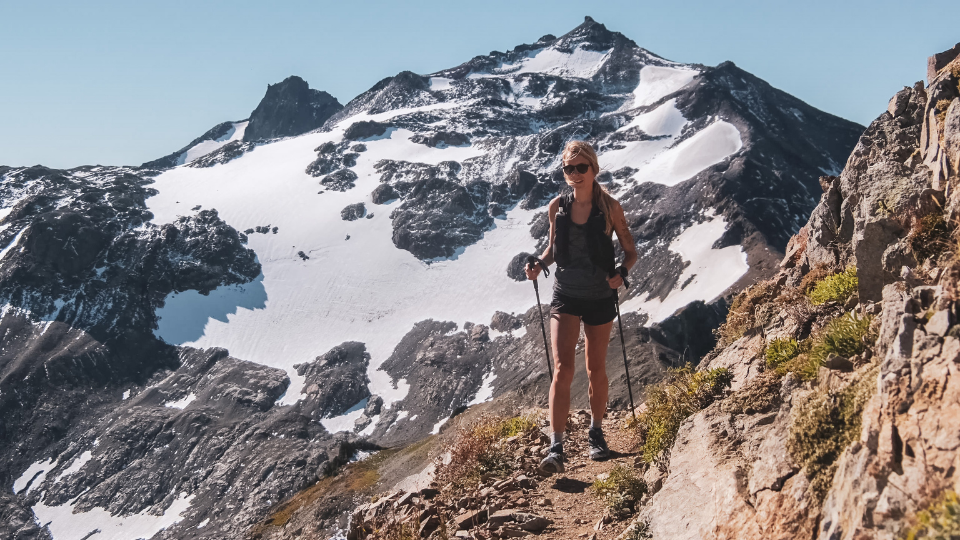
Conservation at Work
And the important history isn’t limited to geology. While this land was inhabited for thousands of years by native peoples, including the Yakama Nation, it was originally protected for conservation in 1931-
around the same time that miners were starting stake claims for the bountiful mineral resources- and in the ensuing decades more land was set aside for preservation, until the US Congress created the Goat
Rocks Wilderness as part of the Wilderness Act that had originally been proposed by conservation leaders like Aldo Leopold, Bob Marshall, Sigurd Olson, Wallace Stegner, and Olaus and Mardie Murie.
And that Wilderness designation, in 1964, was once of the first anywhere in the world, protecting this volcano-scape from development of any kind. In a place like this, rich in gold, silver, coal, molybdenum, copper and zinc, if it weren’t for protection, we’d be looking pit mines and tailings instead of Roosevelt elk and sun-etched glaciers.
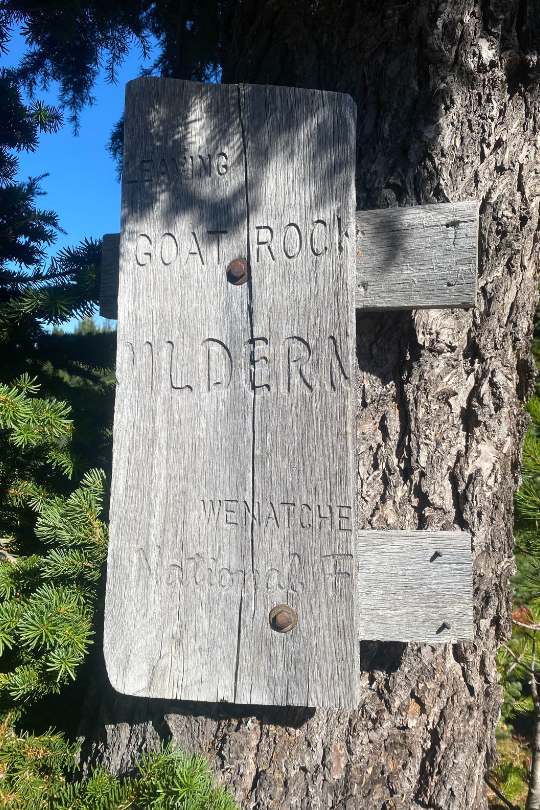
What’s more, with the Wilderness sharing borders with the Gifford Pinchot National Forest and the Okanogan-Wenatchee National Forest, and being near countless other wilderness areas, national forest and parks, it is an important link in unbroken conservation land that creates migration corridors for animals and even flora, allowing greater biological resilience during climate change. For every wildfire that moves through, every average temperature that increases, every species that goes extinct, places like Goat Rocks put a little more extra margin in the system to absorb those changes in an adaptive way that supports biodiversity and ecosystem services.
To travel in the Goat Rocks wilderness is to touch the deepest, rawest, most powerful currents of time. You literally run through geologic epics as you cross what were once active magma flows and grinding glaciers. You also realize what a gift it is to have a place like this, not only for the runners, Yakama tribe members, PCT hikers, climbers and scientists who love this place, but also for the mountain goats, migratory birds, elk, and other animals who are adapting to our modern world that is changing just as intensely as the ancient earth underneath our feet
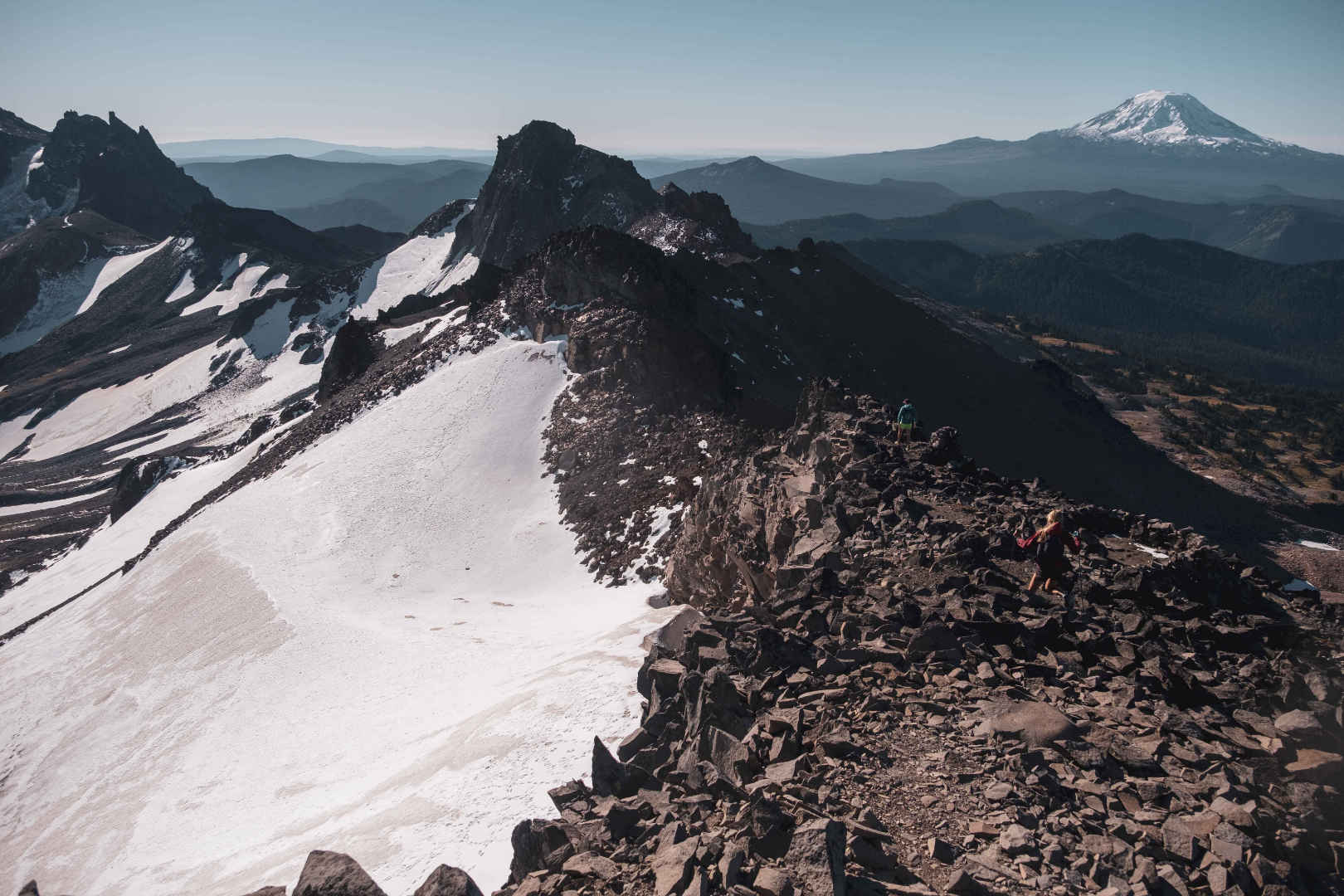
Run our 2-day Stage Trip through the Goat Rocks!
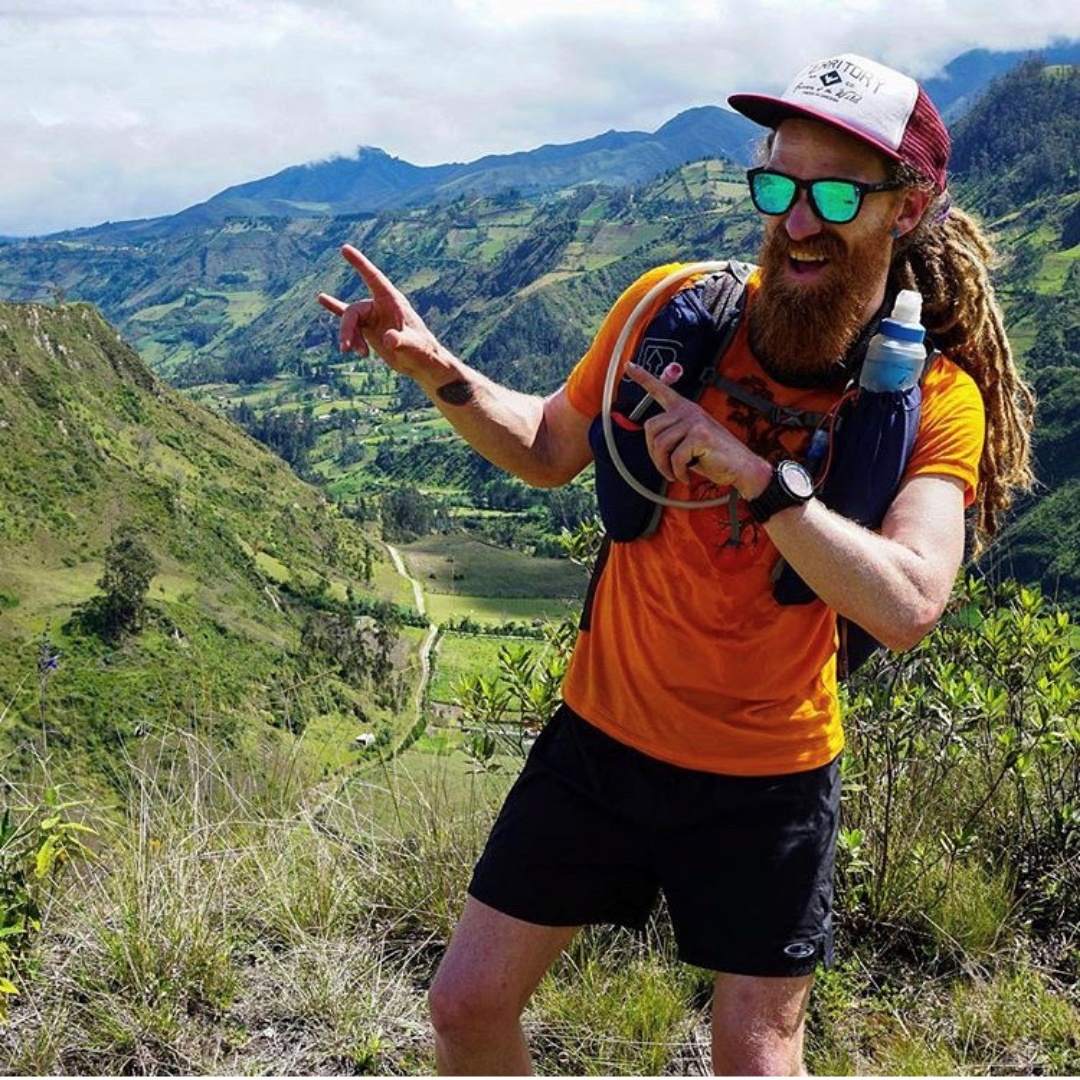
With three decades spent exploring the PNW and Alaska, Ian is based in Maine, where he directs the Kauffmann Program for Environmental Writing and Wilderness Exploration, and teaches writing, ecology, brain science, music and mindfulness to high school students. With over two decades leading trips and expeditions across the US, Alaska and internationally, he loves empowering people to take agency in their lives and discover new places. Ian is a poet and graduate of the Rainier Writing Workshop, and his writing has been featured in places like Terrain.org, Orion and High Desert Journal. He also directs a community steelband, loves kayaking big water, drinks copious amounts of coffee, geeks out around nutrition, literature and fitness, and was once a member of an Inuit Dance Troupe.
Check out his website at Ianramsey.net

